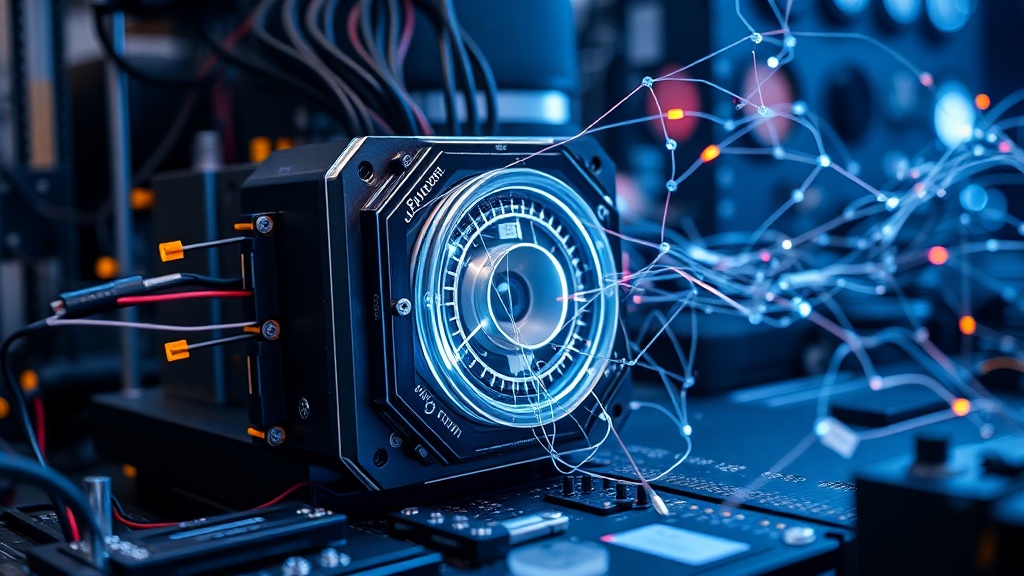Quantum computing is shifting from laboratory curiosity to a practical technology shaping industries from chemistry to finance. At its core are qubits—quantum bits that exploit superposition and entanglement to process information in ways classical bits cannot.
That potential drives intense work on hardware, algorithms, and software ecosystems designed to unlock new problem-solving capabilities.
How qubits work
Qubits differ from classical bits by holding multiple states simultaneously (superposition) and by becoming linked so the state of one instantly influences another (entanglement). Different physical systems implement qubits: superconducting circuits, trapped ions, photonic systems, and spin-based approaches each bring trade-offs in coherence time, gate speed, and scalability.
Selecting the right hardware depends on the application and the path to error mitigation.
Why quantum matters
Quantum processors promise breakthroughs for problems that are intractable for classical machines. Molecular simulation is a prime example: quantum algorithms can model electron interactions with far greater fidelity, improving drug discovery and materials design.
Optimization tasks—logistics, portfolio optimization, and scheduling—also stand to benefit from quantum-inspired approaches that search solution spaces more efficiently than classical heuristics.
Near-term strategies: hybrid algorithms
Fully fault-tolerant quantum computers remain an engineering challenge, so hybrid quantum-classical algorithms are the practical bridge today.
Variational quantum algorithms, like the variational quantum eigensolver (VQE) and quantum approximate optimization algorithm (QAOA), combine noisy quantum circuits with classical optimization loops. These methods use small, noisy quantum processors to evaluate problem-specific functions while classical computers update parameters—delivering useful results without waiting for perfect hardware.
Challenges to overcome
Major hurdles remain before broad commercial use. Noise and decoherence limit circuit depth and fidelity, making error correction essential for large-scale applications. Quantum error correction demands many physical qubits per logical qubit, which creates scaling challenges. Cross-talk, fabrication variability, and control electronics also complicate the roadmap. Progress increasingly depends on co-design: engineering hardware, control systems, and algorithms together for optimal performance.
Emerging software and tools
A growing ecosystem of software frameworks enables researchers and developers to prototype quantum algorithms and run experiments on simulators or cloud-accessible hardware. High-level languages and libraries simplify building circuits, while workflow tools help integrate quantum jobs into broader computational pipelines.
That accessibility is accelerating skill development and real-world experimentation outside specialized labs.
Security and cryptography
Quantum computing also reshapes cybersecurity. Some quantum algorithms can factor large integers and break current public-key cryptosystems, prompting a move toward quantum-resistant cryptography. Organizations are evaluating cryptographic transitions and hybrid solutions to protect long-term data confidentiality against future quantum decryption.
What to watch next
Look for steady advancements in coherence times, gate fidelities, and qubit counts, alongside maturation of error mitigation and error correction techniques.
Industry and academic collaborations continue to refine architectures and find practical applications where quantum advantage is achievable using near-term hardware.
As tools and cloud access expand, more teams will explore applied quantum workflows, translating theoretical promise into tangible outcomes.

Quantum computing is not an overnight replacement for classical systems, but it offers a new computational paradigm.
For companies and researchers prepared to experiment now, it presents opportunities to gain early insight, develop expertise, and identify the problems where quantum methods will have the most impact.